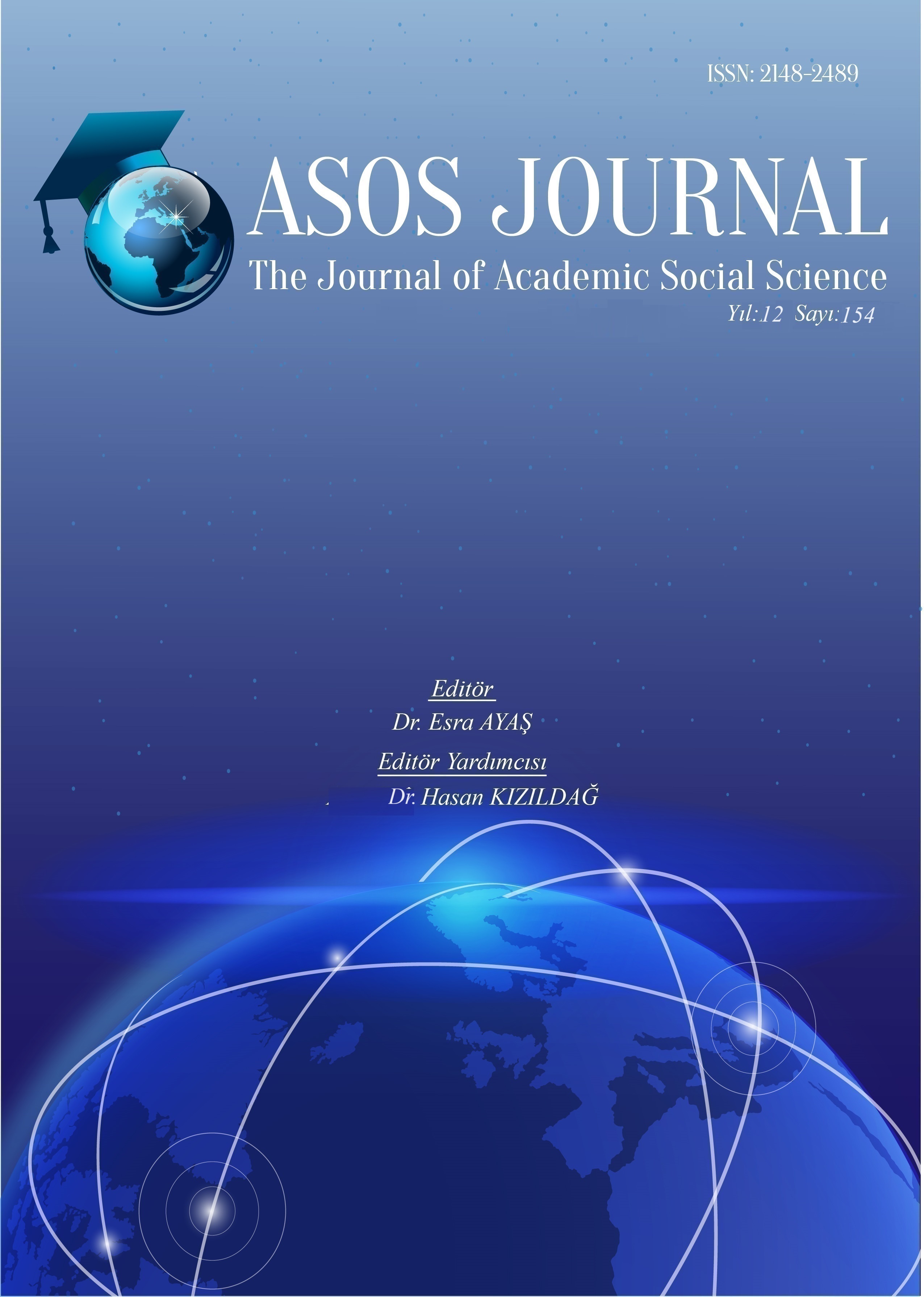Author :
Abstract
İnsan yaşama katıldığı andan itibaren kendisini ifade etmek için birçok yol denemiştir. İnsanın kendisini ifade etmek için denediği yolların en temelinde ise imge yaratmak yer almaktadır. İmgenin varlık alanı ve insanla olan ilişkisi yüzyıllardır anlamlandırılmaya çalışılmış ve birçok tartışmanın konusu olmuştur. Temel bir başlık altında toplanan insanın ifade gücü ise sanat kavramı ile açıklanmıştır. Sanat kavramının içeriğinin sorgulanması ve doldurulması ilk olarak Yunan felsefeciler Platon ve Aristoteles ile gerçekleşmiştir. Sanat ilk olarak estetik üzerinden tartışmaya açılmış ve Platon, estetiği mutlak güzellik kavramı üzerinden ele alırken Aristoteles ise estetiği mimesis (öykünme) olarak değerlendirmiştir. Diğer yandan evreni anlamak için arkhe (birlik-çokluk) kavramının doğduğu bir arayış gerçekleşmiş ve bu tanım evrenin birlik ve çokluk meselesine odaklanmıştır. Birlik ve çokluk kavramlarının temelinde ise Antik Yunan felsefesinde rasyonalizm geleneğinin ilk filozoflarından Parmenides’in her şeyin bir olduğu düşüncesi ve tümdengelim yöntemi ile ilerleyen düşünce tohumu vardır. Yunan felsefecilerinin insan ve evren konusuna ilişkin görüşlerinden hareketle sanattaki estetiğe arkhe (birlik-çokluk) bağlamında bakıldığında yapıt anlamlı bir bütün oluşturmaktadır. Burada aranan anlam bütünlüğü ise sanatın değişim ve dönüşüm süreçlerinde etkili olan ve birlik ve çokluk kavramlarının sanat eserinde nasıl işlendiği sorunsalıdır. Araştırmanın amacı sanatın dönüşüm süreçlerinde tarihsel kırılmaların sanat eserlerine nasıl yansıdığını irdelemek ve dönüşen sanatın konusunu kültürel değerler bakımından birlik ve çokluk kavramları çerçevesinde biçim ve form olarak değerlendirmektir.
Keywords
Abstract
Human beings have found numerous ways to express themselves since the beginning of their existence. Image creation is essential to the various methods human beings employ to convey their thoughts and emotions. The scope of the image's existence and its connection with human beings have been the focus of attempts to understand it for millennia and have sparked several arguments. The concept of art elucidates the potency of human expression, which is encompassed within a fundamental category. The Greek philosophers Plato and Aristotle were the first to engage in an extensive analysis and exploration of the nature and meaning of art. The concept of art was first brought up for discussion through aesthetics, and while Plato approached aesthetics through the concept of absolute beauty, Aristotle viewed aesthetics as mimesis (emulation). However, there was also a pursuit to understand the universe, which gave birth to the concept of arkhe (unity-multiplicity), and this concept focused on the issue of the unity and multiplicity of the universe. The fundamental principles of unity and multiplicity are rooted in the philosophy of Parmenides, an early rationalist philosopher in Ancient Greek philosophy. Parmenides posited that everything is ultimately unified, and this notion forms the basis for deductive reasoning. The views of Greek philosophers on human beings and the universe constitute a meaningful unity when the aesthetics in art are analyzed in the context of arche (unity-multiplicity). The unity of meaning sought in this context is the problematic of how the concepts of unity and multiplicity, which are effective in the processes of change and transformation of art, are processed in the work of art. The present study aimed to analyze how historical breaks in the transformation processes of art are reflected in artworks and to evaluate the subject of transforming art in terms of form and shape within the framework of unity and multiplicity in terms of cultural values.





